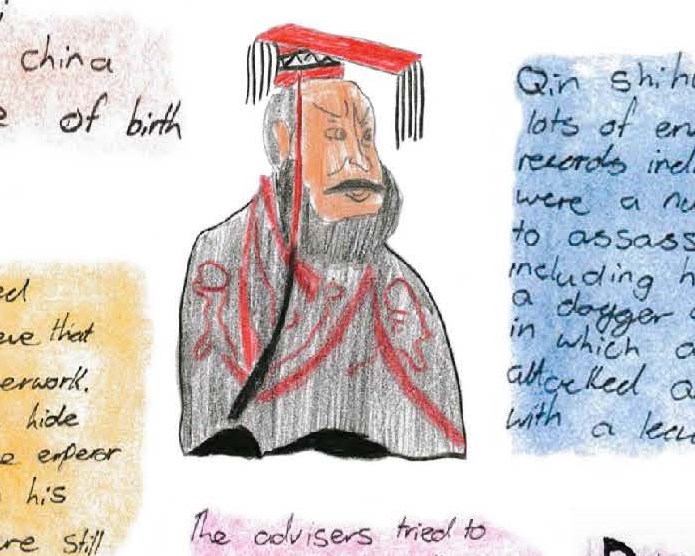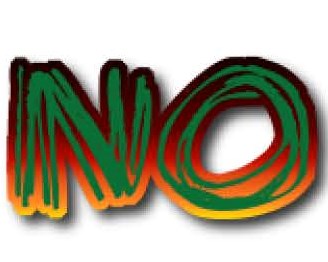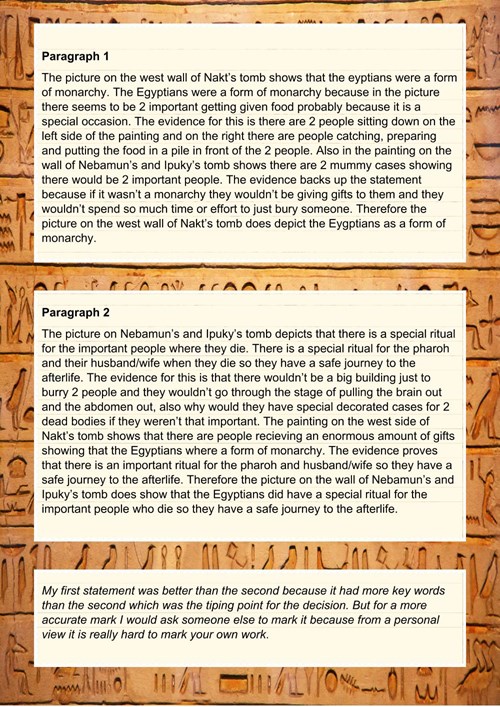Photostory: Liveability
Summary of task
Students were required to investigate ways of improving the liveability of their local community through the encouragement of pride and ownership in places and spaces. At the end of the four week unit, students undertook a field trip in their local area to visit specific sites that had been targeted for graffiti. They collected and recorded their observations at each site regarding the current land use and potential factors contributing to the presence of graffiti. Students subsequently conducted an attitudinal survey of peers and parents regarding graffiti, with the resulting data being represented graphically. Students then reflected on their information and proposed a number of strategies to decrease graffiti and increase community pride. Finally, all student findings were represented in a multi-media ‘photostory’ of images and audio commentary.
Achievement standard
By the end of Year 7, students describe geographical processes that influence the characteristics of places and how characteristics of places are perceived and valued differently. They explain interconnections between people and places and people and environments and describe how these interconnections change places and environments. They describe alternative strategies for a geographical challenge, referring to environmental, economic and social factors involved.
Students develop geographically significant questions to frame and guide an inquiry process. They locate, collect, organise and categorise useful data and information from a range of primary and secondary sources. They record and represent data and the location and distribution of geographical phenomena in a range of graphic forms, including large-scale and small-scale maps that conform to cartographic conventions. They analyse geographical data and other information to propose simple explanations for spatial patterns, trends and relationships, and draw conclusions. Students present findings and arguments using relevant geographical terminology, digital technologies and graphic representations in a range of communication forms. They propose action in response to a geographical challenge, taking account of environmental, economic and social factors, and describe the expected effects of their proposal.







